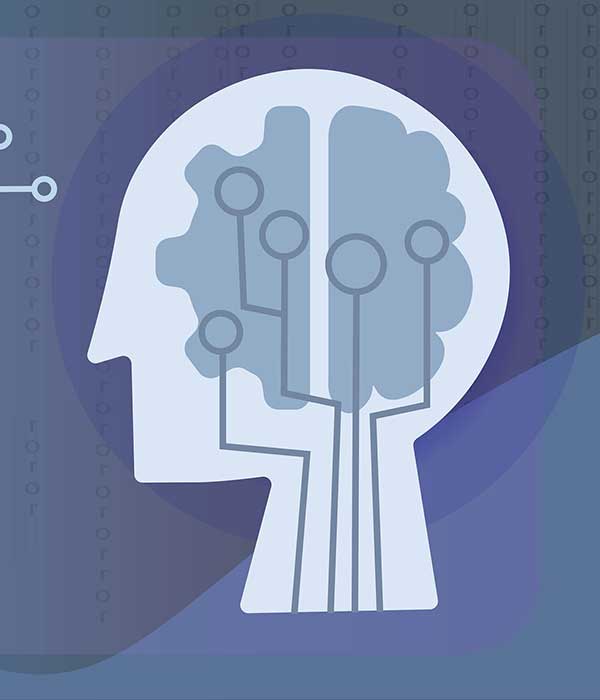Our Projects



We developed a comprehensive medical knowledge graph connecting electronic health records, genomic data, and clinical research using RDF and OWL ontologies. This semantic layer enables real-time clinical decision support with 93% accuracy, reducing diagnostic time by 47% and improving treatment recommendations through contextualized patient insights.

Our financial services client implemented our hybrid architecture that combines knowledge graphs with domain-specific LLMs to analyze market trends, regulatory changes, and investment opportunities. The system processes 23 million documents daily, identifies emerging risks 72 hours faster than previous methods, and provides explainable AI insights for regulatory compliance.

We transformed a global manufacturer's supply chain with our semantic layer technology that creates a digital twin of their entire operations. By integrating IoT data, supplier information, logistics, and market demand into a unified knowledge graph, we reduced inventory costs by 21%, improved forecast accuracy by 34%, and enabled dynamic optimization through causal reasoning capabilities.